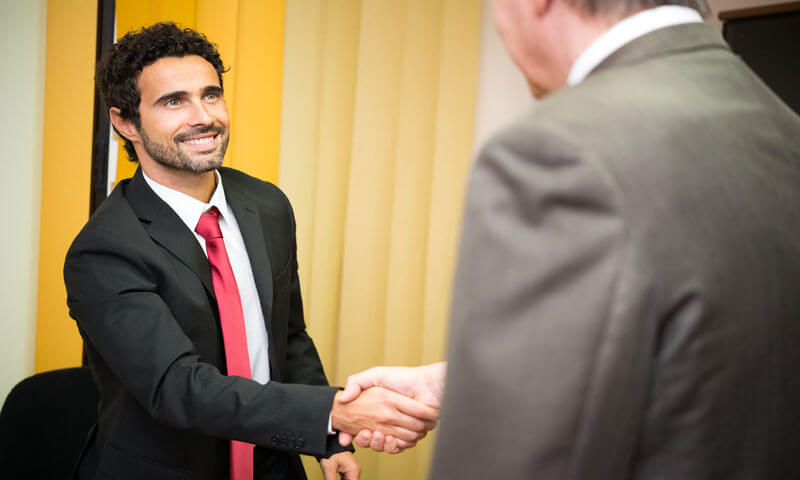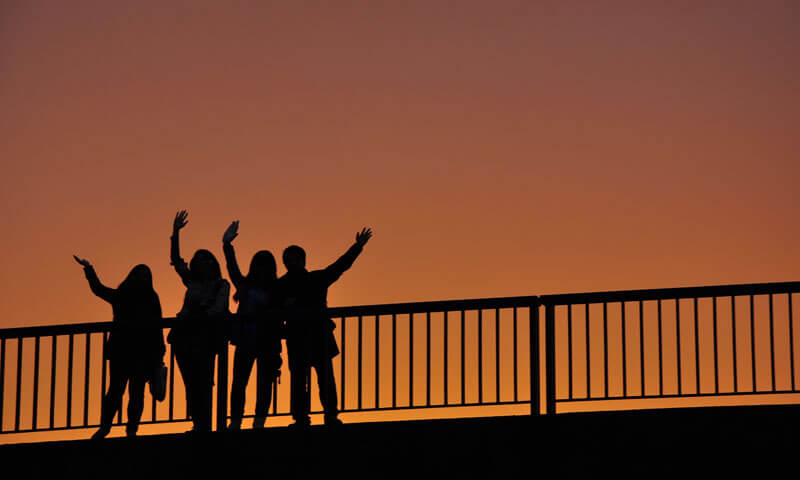This summer, Arizona State University will create a nonprofit law firm for its graduates, according to the New York Times. The dean of the university’s law school, Douglas J. Sylvester, said, “I realized that was what we needed (referring to the Mayo Clinic) A teaching hospital for law school graduates.”
Thirty graduates will be paid for their services at the nonprofit law firm over the next couple of years.
“It’s a perfect storm,” said Stacy Caplow, a professor at Brooklyn Law School. “The longstanding concerns over access to justice for most Americans and a lack of skills among law graduates are now combined with the problems faced by all law schools. It’s creating conditions for change.”
The City University of New York and Thomas Jefferson School of Law have created incubators that will train future lawyers when they are in their first year out of law school. At Pace Law School in White Plains, a community law practice opened this past fall.
“You can’t just hang out a shingle and expect clients to show up in droves,” said Jennifer C. Friedman, executive director of the Pace Community Law Practice. “We want to provide our graduates with the tools of success while serving low- and moderate-income clients.”
In an interview with the paper, the incoming president of the American Bar Association, James R. Silkenat, said, “We have these two issues running in opposite directions. There are unmet legal needs because of money and geography that seem to be growing, and the question of how to make use of unemployed recent graduates.”
The idea from Arizona State, called the Alumni Law Group, will have 30 lawyers and will cost roughly $5 million per year to operate. The school hopes that the group will be self-sufficient by soliciting donations and charging for services. There will be four or five groups of lawyers with each one being overseen by a full-time, salaried, supervising lawyer.
“We charge $50 an hour, and I don’t take any pay,” said Dennis A. Gladwell, who runs a smaller firm at the University of Utah. “If you are going to charge $125, you are not going to serve an underserved population.”
“I would love to blink and wake up in 10 years and see where all this ends,” Friedman said about Pace Law School and its program. “We know about 10 to 15 programs opening in the coming years. That means there are 30 more behind them. Every faculty is talking about this.”













































